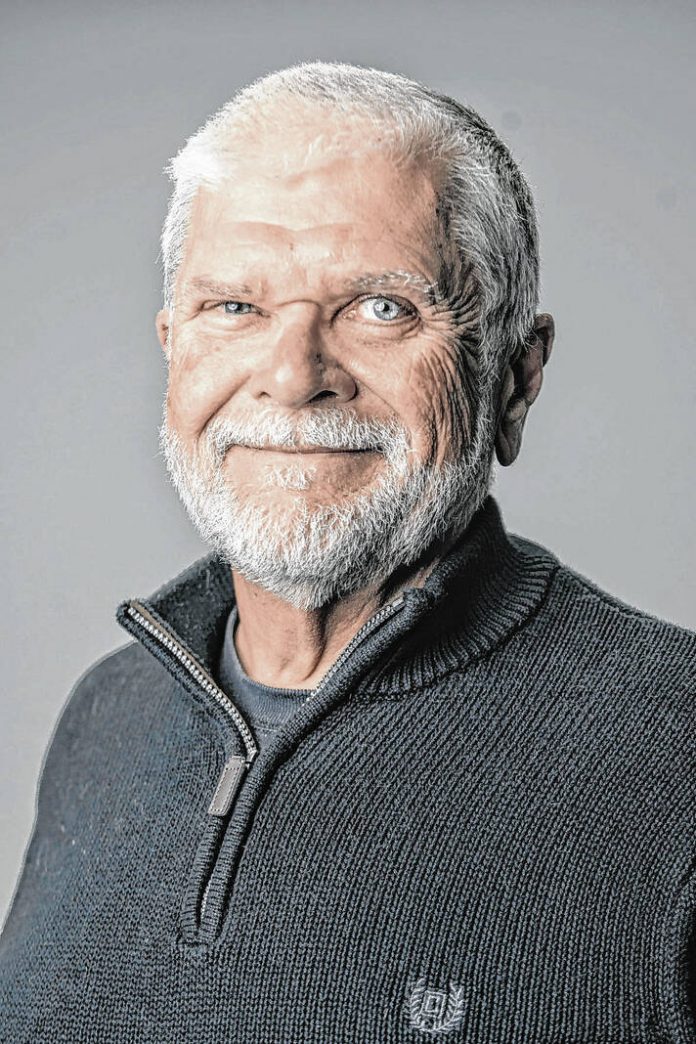I have been thinking about starting a company.
I have not decided what my company will make or sell. Maybe it will be a huge corporation dedicated to helping others make and sell something or to advising other consulting companies how to consult. I will work out those details later.
What I have decided is how my company will be organized and structured to guarantee efficiency and success.
At the top of the management chart will be a board of directors of about 35,000 members. This board will meet every four years to evaluate how the company is doing and decide which of the company’s department heads to hire and fire.
There will be no chief executive officer or chief financial officer in charge of running the company between the board’s quadrennial sessions. Instead, the board will pick a three-person committee to set goals and policies and a seven-person committee to decide how the company’s money will be spent.
Of course, to keep the company on course, numerous department heads will be needed to carry out various administrative, technical and clerical duties.
All of these department heads will report directly to the board of directors. The two committees setting goals and handling company finances will have no legal power over the department heads or each other.
None of these company employees will receive performance reviews except via those “hire or fire” evaluations of the 35,000 member board of directors every four years.
At this point, I must admit the brilliance in structuring this company was not mine alone. The State of Indiana invented this structure for county government back in the 19th Century. And it has proved to be so efficient and successful it survives with few changes more than a century later.
When I was a less-brilliant young editor at the Daily Journal in Franklin in the early 1980s — full of idealism, confidence and zeal —I had the audacity to oppose this perfect county government model in numerous editorials. I foolishly kept calling for the legislature to put together a business structure that made more sense.
In fact, I became so dedicated to change that I called Senator Robert D. Garton of Columbus — then the President Pro Tem of the Indiana Senate — and asked for a meeting to discuss how the state might throw out “the entire mess” and start over.
Senator Garton agreed to discuss my radical views over breakfast and we met a few days later in a quiet corner of Betty’s Luncheonette in Franklin.
“Bob,” I asked, (taking the liberty of using his first name to level the power a bit in any possible debate) don’t you think it is time for you to introduce legislation to create a more sensible structure for county government?”
Bob took a bite of his scrambled eggs, looked thoughtfully at me for a long minute and said, “First of all, I agree the structure is not perfect and in a perfect world some major changes would be in order.”
As he paused, my hopes rose that a new day was about to begin in Indiana county government. Then came reality in a single word that rang out across the room and jumped around on the diner’s big griddle full of splattering bacon: “BUT.”
From there, Senator Garton began to educate me in the realities of Indiana politics. He pointed out nearly every county in the state has a traditional “fast lane” political party dominating the election process. And, he said, all of those people elected to administrative and clerical positions are the same people who backed the party — supporting other party faithful and raising the money for the campaigns.
And the “reward” for many has always been a chance to run for a county office — get a good-paying job — nearly guaranteed by one or the other dominant local parties.
I protested that many of the jobs of department heads — clerks, auditors, treasurers, surveyors, assessors and so forth — are primarily functionary and that most voters don’t even know what the department head does. He then added the fact that these party faithful are also the same people who are instrumental in electing candidates for the Indiana General Assembly.
Bob sat silently eating his scrambled eggs.
Finally, I broke the silence with my next and final question.
“So are you saying there is no chance ever to change the system?” I ventured.
“Well,” he replied, “I don’t think it can be done in my lifetime.”
Then after a bite of toast he continued, “and not in your lifetime. Probably not in God’s lifetime.”
Senator Garton served in the Indiana Senate 36 years — 26 of which were as President Pro Tem. To me he was the benchmark for sensible legislation, progress and political savvy. Many historians today refer to him as the the most powerful senator ever to lead the Indiana Senate.
I stopped writing all of those editorials calling for a new day in county government and started looking for a way to use all of that structural brilliance in private businesses.
Bud Herron is the retired former editor and publisher of the Daily Journal in Franklin. Contact him at [email protected].




